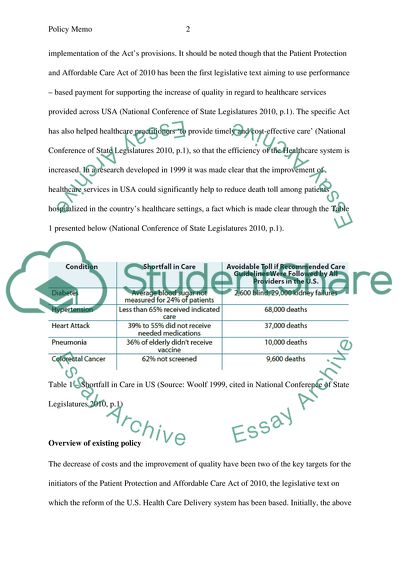Cite this document
(U.S. Health Care Delivery System and Pay for Performance Assignment, n.d.)
U.S. Health Care Delivery System and Pay for Performance Assignment. Retrieved from https://studentshare.org/politics/1780570-policy-memo
U.S. Health Care Delivery System and Pay for Performance Assignment. Retrieved from https://studentshare.org/politics/1780570-policy-memo
(U.S. Health Care Delivery System and Pay for Performance Assignment)
U.S. Health Care Delivery System and Pay for Performance Assignment. https://studentshare.org/politics/1780570-policy-memo.
U.S. Health Care Delivery System and Pay for Performance Assignment. https://studentshare.org/politics/1780570-policy-memo.
“U.S. Health Care Delivery System and Pay for Performance Assignment”, n.d. https://studentshare.org/politics/1780570-policy-memo.


